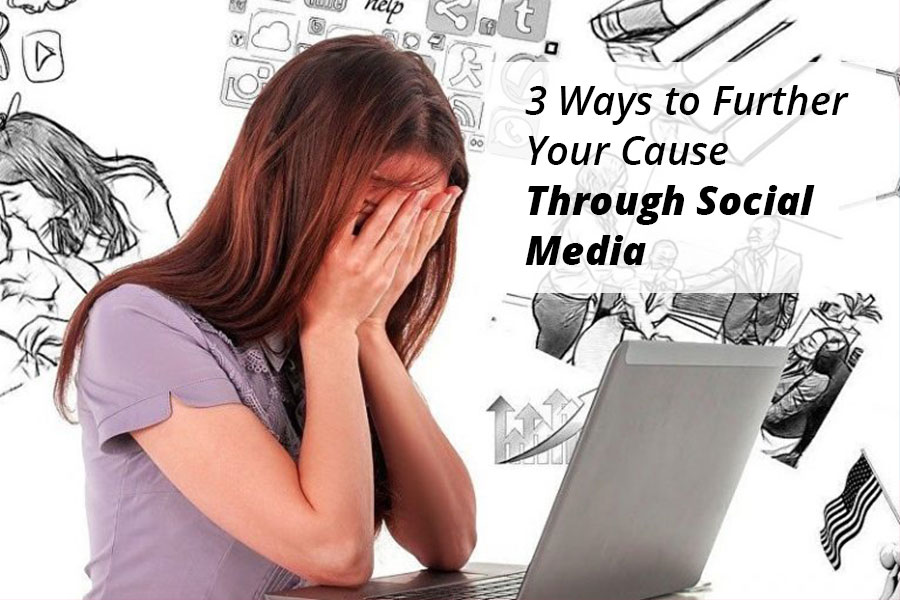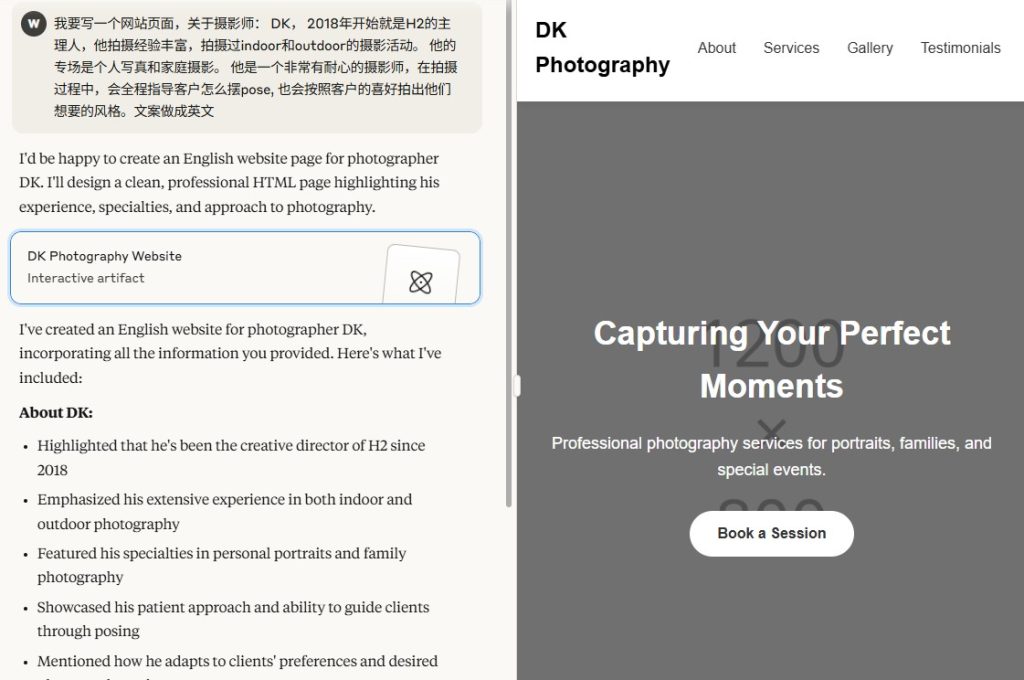Whether you represent a company or a nonprofit organization, social media are great tools to use to further your cause and fight back. Suppose your company wants to launch a new product, you can get the ball rolling by announcing through social media and giving regular updates on the status of the product.
You don’t have to be a company, or a digital marketing agency, though, to benefit from social media campaigns and digital marketing campaigns. Nonprofits looking to raise funds can use social media. Individuals running a 5K race can give regular progress updates through social media. Whatever your cause or fight, you can use social media. Here are some tips.
- Fight Against Self-Harm
People who support starving and purging to endorse eating disorders are using social media sites to promote their cause. They believe eating disorders are OK and not a problem. Instagram and Tumblr have fought back with new guidelines against posting items that encourage self-harm.
However, the pro-eating disorders people continue to post unhealthy comments by using different keywords for search engines to find them. According to the National Eating Disorders Association, 10 million men and 20 million ladies suffer from an eating disorder at some extent in their life. It’s essential to turn to social media — a 24/7 community — to speak about their struggles. However, it’s not uncommon for comments in those posts to encourage starvation and to purge instead of caution against such behavior.
How do you block out these outrage messages? The National Eating Disorders Association plans to attack the problem by using social media to fuel positive support and to focus on early invasion within the lives of young people once anxieties are most impressionable.
Proudtobeme.org tries to find troubled teens before they post, but they use social media to do it. Social media has a negative impact on teens, the organization said.
- Government Agencies Tell It Like It Is.
Agencies see people posting false information all the time. They just began responding to negative posts with their aggressive campaigning. Increasingly, state offices are using Twitter and Facebook to hit back once postings on social media sites spread inaccurate information on state land. Officials call social media the best technological warfare device.
In Hawaii, for example, they use social media to fight against hikers that go into unsafe areas of the state or national parks. They use Facebook and Twitter as well as YouTube and vimeo.com to post a video about trespassing on the Sacred Falls Trail.
The goal is to fight the bloggers who continue to tell people to hike in the sacred falls. The video has received almost 16,000 views since February. And since then, Yelp and Exploration Hawaii have decided to stop promoting the Sacred Falls Trail and now post the state’s video.
After the video went online, there are fewer criminal citations issued to trespassers. Last year, more than 120 were cited. This year, no one has been cited since February. Other agencies use social media to tell people not to believe inaccurate information spreading on the Internet about health issues.
- Chicago Police Change Anti-Gang Efforts Using Social Media
Chicago has more people involved in gangs than other U.S. cities, even New York and Los Angeles. Because of this statistic, the Chicago Police Department is trying a new tactic. Last year, the city saw a hike in murders.
Most police departments would have responded by “flooding the zone” with extra officers, a tactic referred to as “hot spot” policing, and may be targeting the Four Corner Hustlers for narcotics operations. The Chicago police department has done just that.
But it’s also determining precisely who is likeliest to kill and be killed in each district. For example, the city found 20 people who have connections to the neighborhood’s 48 active gang factions. They are dangerous 20 people because of their networks.
Because Facebook and LinkedIn can map friendships and use that knowledge to show our preferences and behavior, the sites can be used by police to do the same thing. Using network analysis, the CPD is mapping the relationships among Chicago’s 14,000 most active gang members.
It’s also ranking however likely those people are to be concerned during a homicide, either as victims or offenders. In the process, the CPD found out that it’s the people, not the location, that causes the problems. That finding is remodeling the way the police do business in Chicago.
These are some of the ways social media is transforming how business gets done. Nonprofits have been successful in getting interested in funding raising events, and companies have been able to get a buzz going for their social media campaigns. Now, others are seeing value in using social media.
Author: Usman Raza is the co-founder of a Christian Advertising Agency and marketing strategist working with various brands online. Usman is the content marketing manager at a Los Angeles based Digital Marketing Company, PSD to WordPress, and an Event Production Company. He is devoted to helping small businesses bridge success gaps by providing in-depth, actionable advice on digital marketing, SEO, and small business growth. Follow him on Twitter @usmanintrotech.








